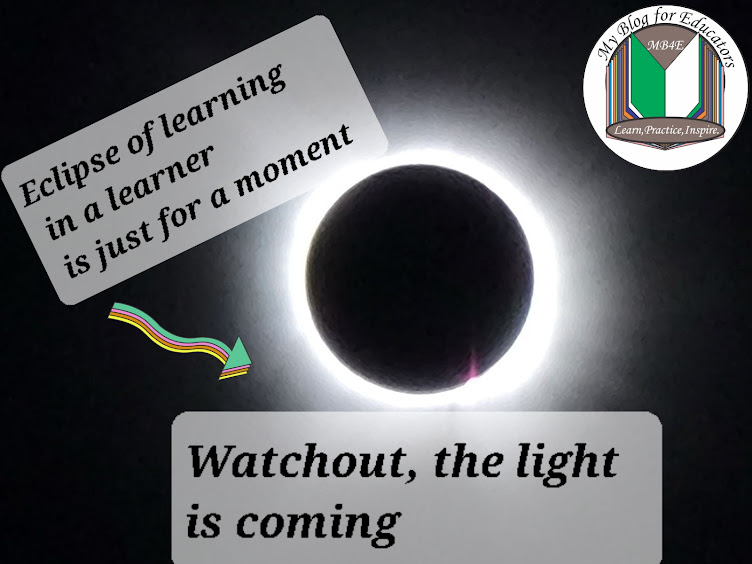Affirmation is to assure or agree, providing emotional support and
encouragement to oneself or others. Affirmative words have existed for a long
time.
Isaiah 3:10 encourages us to take
action and deliver positive messages to others. Similarly, 1 Peter 2:9
emphasizes our chosen status and the need to uplift others with positive
declarations. From the perspective of the Bible,
affirmations are positive declarations to uplift individuals and not to tear
them down. It is essential to provide affirmation to learners, as teacher affirmation sets the teaching and learning tone.
Teacher affirmation, which includes
positive specific words, statements, or even non-verbal expressions, helps
learners overcome learning and life hurdles. It fosters self-belief, love, and
acceptance, transforming learners’ perspectives toward their roles as learners.
With teacher affirmation, learners are provided with an enabling emotional
atmosphere, shutting down self-rejection and negative thoughts, and creating
ways to a constructive mindset.
It is also important that learners confirm your
affirmations on them by echoing all encouraging names, words, and statements
said to them, as affirmations, when internalized and constantly practiced, have
the potential to inspire and motivate for the greater good.
It is great to find affirmations
that resonate with learners at each learning level and situation. For example,
learners who need support and encouragement can receive something like
"You can do it" and "I am here for you."
Some examples of
teachers' affirmative words include:
and the list goes on. .
The benefits of teacher affirmation
are numerous. With teacher affirmation, learners discover who they
are, enabling them to pursue their purpose with intentionality and
determination.
Affirmations help learners build and boost confidence,
strengthen their belief in their abilities, focus on positive thoughts, and
promote emotional well-being, which will reflect in the way they interact and
relate with others.
Affirmations create a positive
learning atmosphere where learners feel empowered and committed to learning
effectively.
Incorporating positive affirmations into our
daily routine can significantly impact our teaching and learning experiences.
By choosing affirmations that resonate with each learner and consistently using
them, we can instil hope and promote their well-being.





















